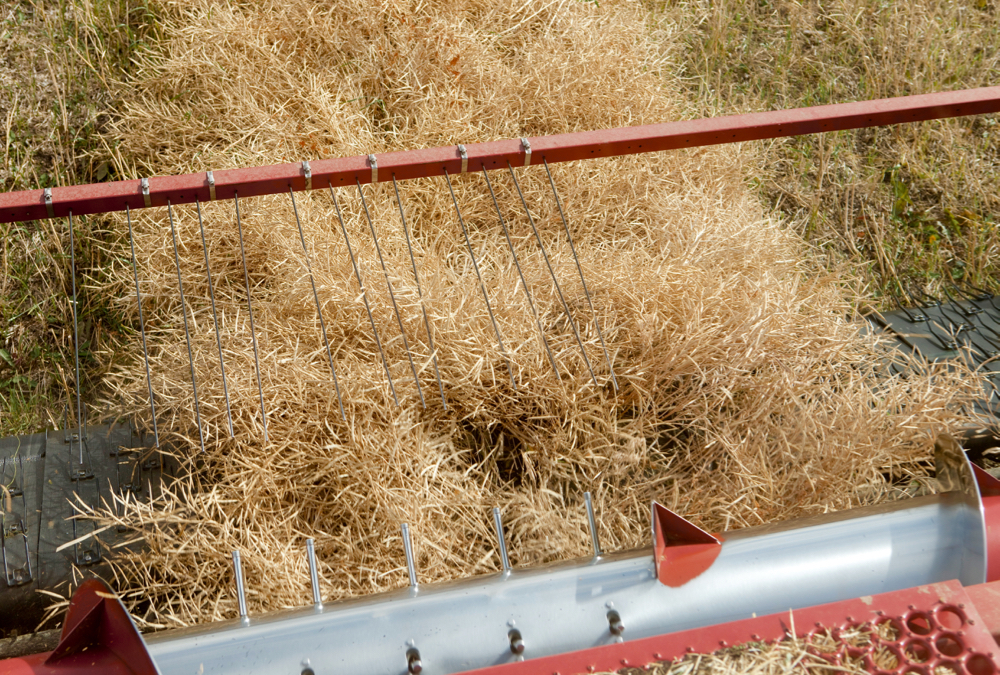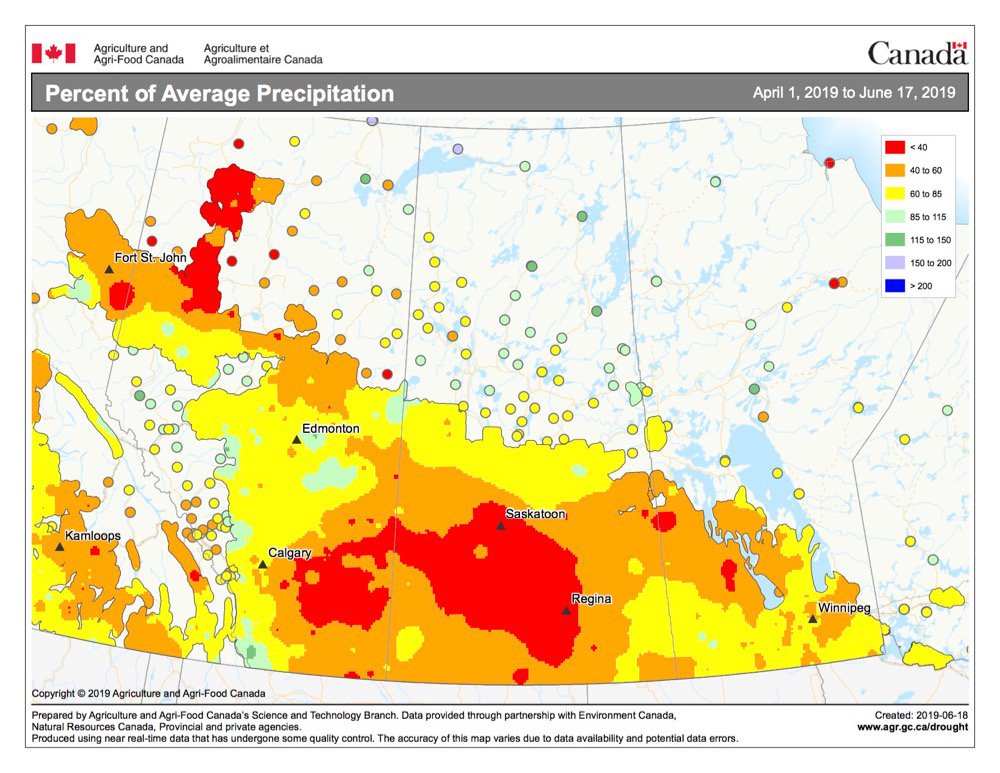For Rick Bieber, it took him an entire career as a farmer to learn how to manage his farm to benefit soil health.
In a one-hour presentation at the Western Canada Conference on Soil Health and Grazing in Edmonton, Alta. on December 12, he passed some of that knowledge on to conference attendees.
“If you own soil, we have to be able to look at what we’re doing and be able to see the changes. The power of observation is many times much greater than the data that goes with that observation,” Bieber said at the start of his presentation.
Read Also

Alberta harvest wrapping up: report
Harvest operations advanced to 96 per cent complete in Alberta as of Oct. 7, with only a few late-seeded cereal and canola fields remaining, according to the latest provincial crop report.
Bieber is a retired farmer from South Dakota, U.S. He travels the world, talking and teaching about soil health. Though his son has now taken over their operation, known as Soil Care, Bieber is still passionate about farming and soil.
When he started, though, it wasn’t to fix his soil – it was to cut costs and increase profits. The benefits to his soil came along with that.
To him, the most important part of soil health is letting the biology in the soil do what comes naturally.
“I’m just basically asking my soil biology, ‘do your job,’” Bieber said.
He said he saw the most success on their operation by doing a combination of long-term no-till and cover cropping. It’s important to keep the soil covered, to protect the biology, he said. If the soil is exposed, then the soil’s biology will be disturbed by things like rain and chemicals.
“Look at tillage as being a disturbance, and it is,” Biever said. “That’s a physical disturbance. But we also have our biological disturbances, the herbicides, fungicides, insecticides, pesticides, they’re biological disturbances that cause the biology to not perform in balances.”
Bieber also used a version of adaptive rotational grazing, with both pastureland and on their cover crops. He said cows help with soil health because they move organic matter around with their grazing.
“These are our biological distributors because they’re taking what’s out on that native range land, and they’re bringing it out, and they’re spreading it very uniformly throughout our field,” he said. “That’s all we need. We don’t need to have that full coverage of manure out there, as long as we have it like that.”
Bieber said in addition to the cattle, the diversity of the plants grown has to support what the livestock bring to the land. He says it is important to listen to what your land is telling you and then to respond.
“We keep getting told, ‘Do it here, do it there. This is how to do it.’ But we never get the answers of why, and your soils will tell you the why.”
The Western Canada Conference on Grazing and Soil Health ended Thursday afternoon after three days and over 15 speakers. Topics ranged from cover crops and intercrops, grazing methods, types of forages to use, microbes and microbiomes and more.

















